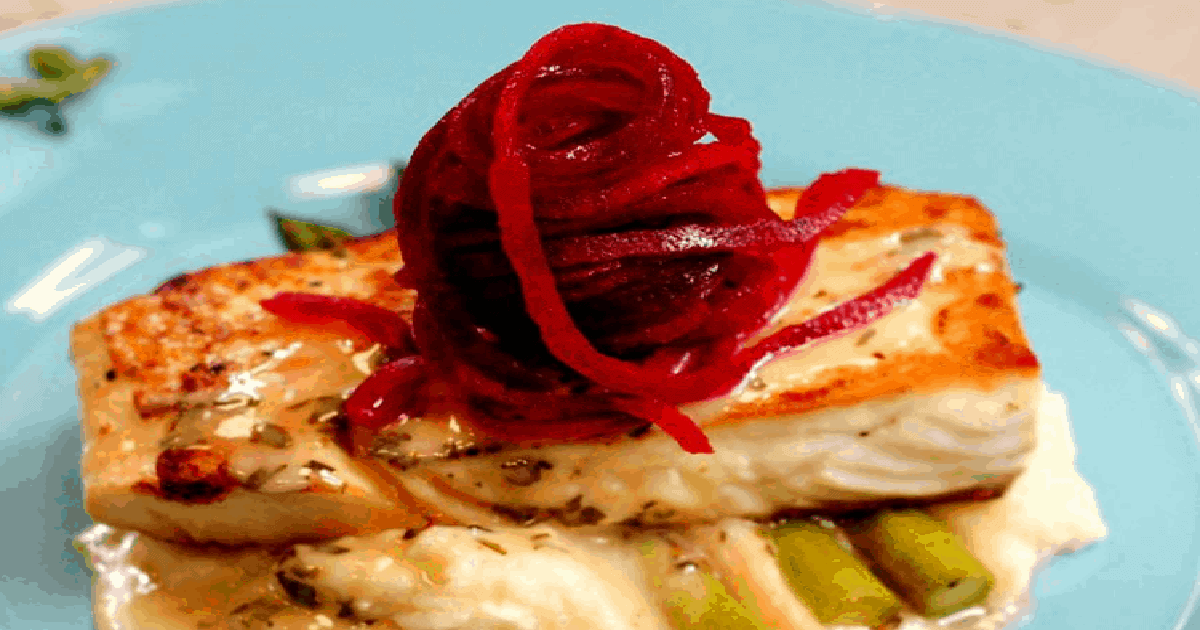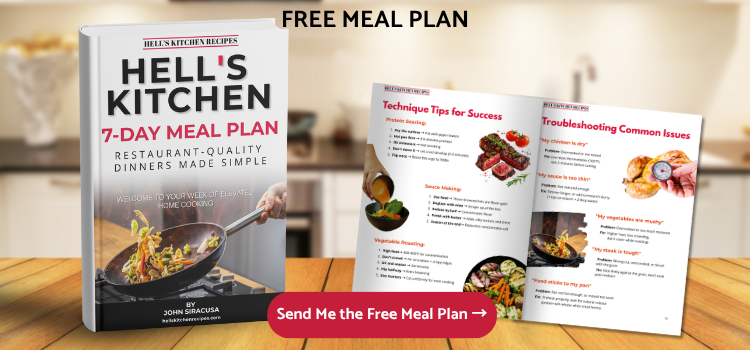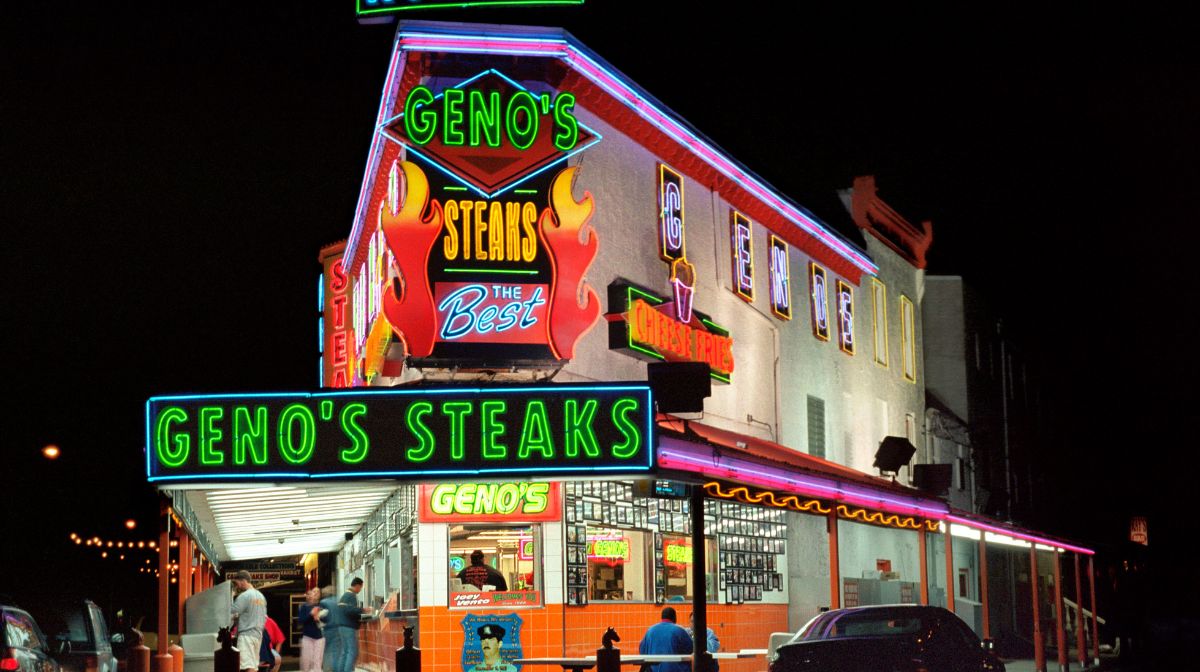This recipe will guide you through the creation of Gordon Ramsay’s Pan-Roasted Halibut, an exquisite and compelling dish perfect for a special dinner or occasion. With straightforward ingredients and simple steps, you can prepare perfectly cooked and seasoned Halibut that’s sure to impress your guests or your loved ones. Are you curious about the taste of Halibut fish?
Pan roasting is my preferred method for cooking fish. This pan-seared halibut recipe gives the fish a crispy exterior while keeping the interior tender and flaky. Halibut is an excellent choice for a light, refreshing summer meal. As our dinner guests always do, I’m confident you’ll enjoy it.
Crispy, flaky, and perfect: Enjoy the deliciousness of Gordon Ramsay’s Pan-Seared Crispy Skin Salmon.

Pan Seared Halibut Recipe
Ingredients
- 4 Oz. Halibut Fillet
- 4 Oz Olive Oil
- 4 Tbsp. Cubed butter, unsalted
- 2 Ea. Garlic cloves, crushed
- 1/2 Bu. Thyme
- 4 Ea Poached Egg
- 4 Oz Crispy Potato Hay (Potatoes spiralized into curls crispy fried)
Tartar Style Mashed Potato
- 12 Oz. Mashed Potato
- 4 Oz. Soured cream
- 2 Tbsp. cornichons, finely diced
- 2 Tbsp. Shallots, finely diced
- 2 Tbsp. Capers, chopped
- 1 Tbsp. Parsley chopped
- Zest of Lemon to taste
Lemon Beurre Blanc
- 1 Tbsp. Fresh Lemon Juice
- 1 Tbsp. White Dry Wine or White Vermouth
- 1 Ea. Shallot, minced
- 1 ½ sticks Cold Butter, unsalted and cubed
- ½ Bu. Chives, chopped
- Salt and Pepper to taste
Instructions
Sear Halibut
- Preheat a non-stick pan on medium-high heat with olive oil: season salt and pepper halibut. Sear until Halibut gets golden brown, approximately 4-5 minutes on each side. Then, take off the heat.
Make Tartar Style Potato Puree
- Fold ingredients into potato puree. Season to taste.
Make Lemon Beurre Blanc
- Mix the lemon juice, vermouth or white wine and shallot in a small saucepan on medium to low heat. Bring to a slow boil and then turn to low heat.
- Remove the pan from heat, and using a whisk, beat in 1 stick of butter and then another stick. Once the reduction is tempered with the first 2 pieces of cold butter. Place back on low heat, and whisk in the remaining butter, one stick at a time, ensuring the sauce emulsifies and doesn’t break down.
- Take off the heat, mix in salt and Pepper to taste and fold in chives as garnish.
Video
Notes
What is the Optimal Pan for Cooking Halibut?
The best pan for cooking Halibut is a heavy-bottomed skillet or pan, preferably non-stick or well-seasoned cast iron. These pans provide even heat distribution, helping to cook the fish uniformly without sticking. Stainless steel pans can also be used, but use enough oil or butter to prevent sticking.
Proper Technique for Cooking Halibut
Halibut should be cooked using methods that keep it moist and tender. Since it’s a lean fish that can dry out easily, techniques like baking, broiling, grilling, poaching, steaming, or sautéing are suitable. It’s important not to overcook Halibut; the fish is done when it flakes easily with a fork but is still slightly translucent in the center.
Should Halibut Be Rinsed Before Cooking?
It is generally not necessary to rinse Halibut before cooking. Rinsing can spread bacteria and does not significantly clean the fish more than cooking will. Instead, pat the fish dry with paper towels to remove any excess moisture that could interfere with the searing process. If the Halibut has a strong fishy odor or residue on its surface, a quick rinse under cold water followed by a thorough patting dry might be warranted.
Why is Halibut Soaked in Milk?
Soaking Halibut in milk is a culinary technique for several reasons. First, milk helps neutralize any potential fishy odor, making the Halibut smell more appealing. This is particularly helpful if the fish isn’t fresh. Second, soaking in milk can also help tenderize the meat and improve its texture, resulting in a softer, more delicate mouthfeel. The milk proteins interact with the fish, breaking down potential toughness in the flesh of the Halibut.
Summing Up
As the final morsels of this pan-seared halibut delight are savored, one can’t help but appreciate the subtle artistry that has transformed simple seafood into a statement of culinary elegance. The alchemy of crispy skin giving way to tender fish flakes, balanced by the rich accents of a lemon beurre blanc, speaks to the time-honored truth that foo, when crafted with technique and heart, transcends mere sustenance.
It’s a dish that not only ends a meal but also concludes a gastronomic journey, affirming the joy found in the union of skillful preparation and the finest, freshest ingredients.
Unveil the secret: Master the art of Gordon Ramsay’s Secret to Perfect Sesame-Crusted Tuna.







